Vincent left no record in his own hand of his intentions or methods, but hypotheses have been formulated on the basis of the first-hand testimony of such contemporaries as André-Napoléon Montpetit and William George Beers. Stories have also been passed down in the historical studies of Abbé Lionel Lindsay (1900) and in the ethnographic research of Marius Barbeau.
Key Exhibitions
Few exhibitions have been devoted solely to Zacharie Vincent. In 1887 William George Beers organized a posthumous show of his work in Montreal at St. Paul’s Presbyterian Church, and in 1987 a retrospective was mounted at the Château Ramezay, Montreal. Among the works on permanent view are Zacharie Vincent Telari-o-lin, Huron Chief and Painter, c. 1875–78, at the Château Ramezay; and Zacharie Vincent and His Son Cyprien, c. 1851, at the Huron-Wendat Museum in Wendake (on permanent loan from the Musée national des beaux-arts du Québec).
Critical Interpretations
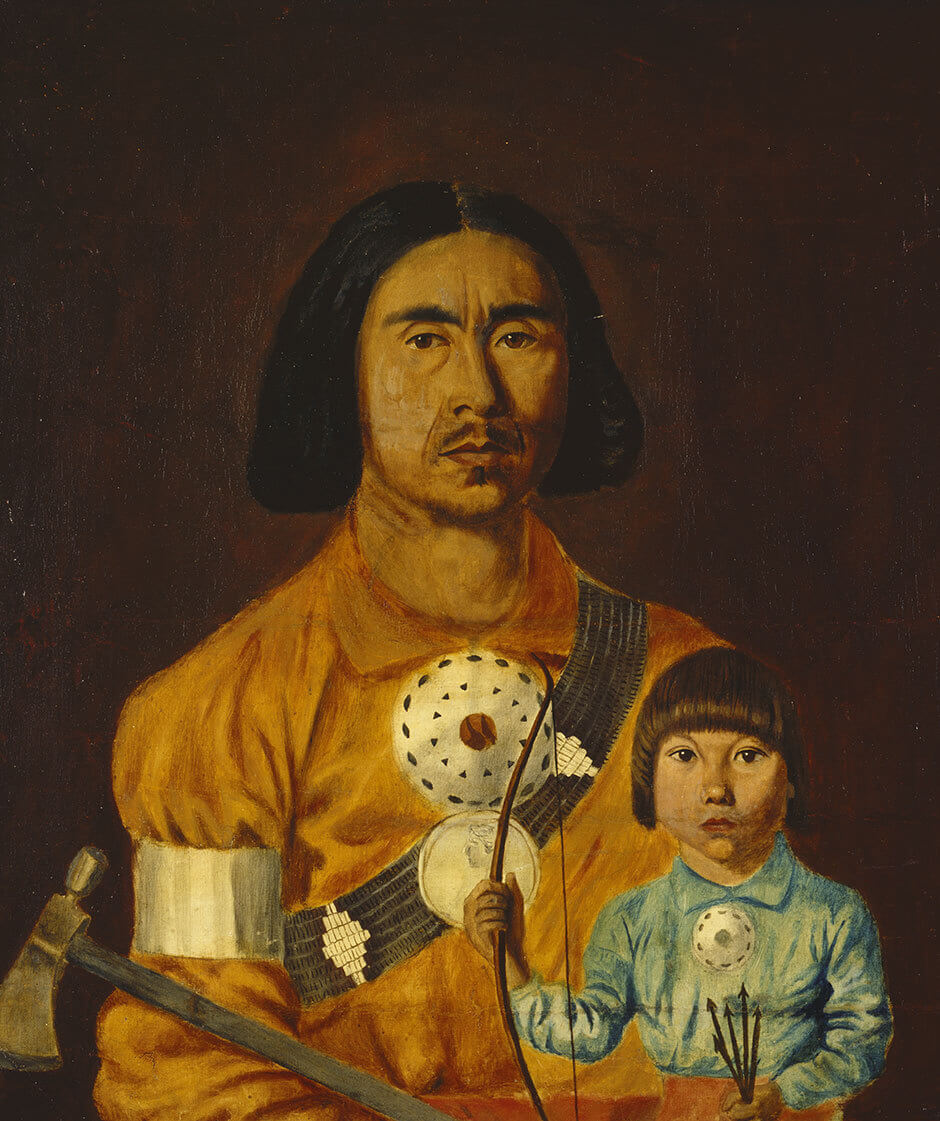
Since the 1980s Vincent and his oeuvre have attracted the attention of researchers who were interested in his image, the context surrounding the production of his work, and the discourse on identity. For an in-depth analysis of Vincent’s works, see Louise Vigneault, Zacharie Vincent: Une autohistoire artistique (forthcoming).
Béland, Mario, ed. Painting in Quebec, 1820–1850: New Views, New Perspectives. Quebec: Musée du Québec, 1992.
Findlay, Len M. “Spectres of Canada: Image, Text, Aura, Nation.” University of Toronto Quarterly 75, no. 2 (Spring 2006): 656–72.
Gagnon, François-Marc. “Antoine Plamondon: Le dernier des Hurons (1838).” Journal of Canadian Art History / Annales d’histoire de l’art canadien 12, no. 1 (1989): 68–79.
———. “Le dernier des Hurons: L’image de l’autre comme image de soi.” In Où va l’histoire de l’art contemporain?, edited by Laurence Bertrand Dorléac, Laurent Gervereau, Serge Guilbaut, and Gérard Monnier, 177–89. Paris: L’Image / École nationale supérieure des beaux-arts, 1997.
Harper, J. Russell. Painting in Canada: A History. Toronto: University of Toronto Press, 1966. Rev. ed. 1977.
———. Early Painters and Engravers in Canada. Toronto: University of Toronto Press, 1970.
———. People’s Art: Native Art in Canada. Ottawa: National Gallery of Canada, 1973.
———. A People’s Art: Primitive, Naïve, Provincial, and Folk Painting in Canada. Toronto: University of Toronto Press, 1974.
Hill, Tom. “Canadian Indian Art: Its Death and Rebirth.” Art Magazine 5, no. 18 (1974): 10–11.
Karel, David, Marie-Dominic Labelle, and Sylvie Thivierge. “Vincent, Zacharie.” In Dictionary of Canadian Biography, vol. 11. University of Toronto / Université Laval, 2003–. http://www.biographi.ca/en/bio/vincent_zacharie_11E.html.
Labelle, Marie-Dominic, and Sylvie Thivierge. “Un peintre huron du XIXe siècle: Zacharie Vincent.” Recherches amérindiennes au Québec 11, no. 4 (1981): 325–33.
Lacasse, Yves, and John Porter, eds. La collection du Musée national des beaux-arts du Québec: Une histoire de l’art du Québec. Quebec: Musée national des beaux-arts du Québec, 2004.
Lord, Barry. The History of Painting in Canada: Toward a People’s Art. Toronto: NC Press, 1974.
Morris, Edmund. Art in Canada: The Early Painters. Toronto, 1911.
Morisset, Gérard, ed. Exposition rétrospective de l’art au Canada français. Quebec: Musée de la Province / Secrétariat de la Province, 1952.
———. La peinture traditionnelle au Canada français. Ottawa: Cercle du livre de France, 1960.
Newlands, Anne. Canadian Art: From Its Beginnings to 2000. Willowdale, ON: Firefly Books, 2000.
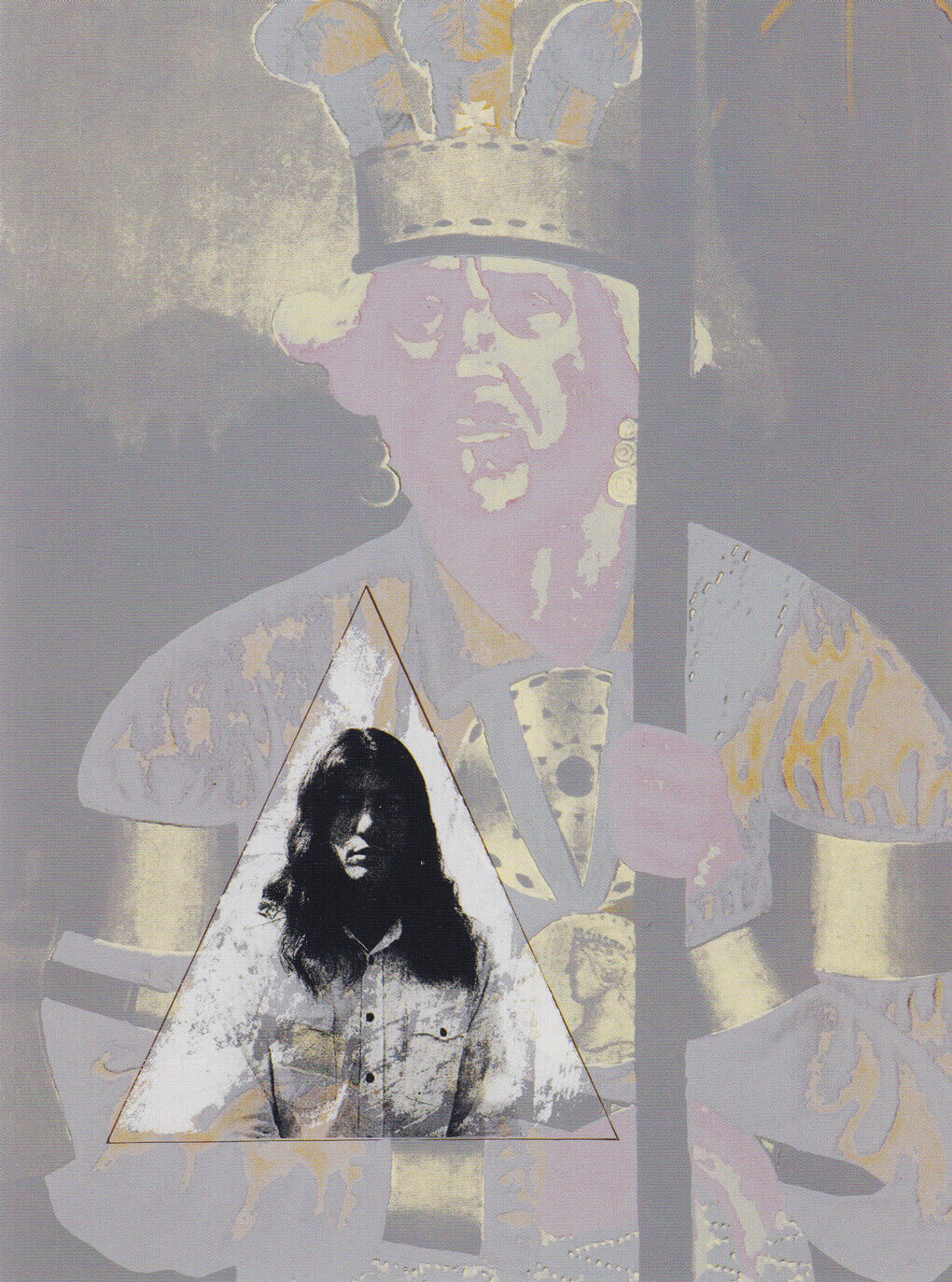
Pearlstone, Zena, and Allan J. Ryan, eds. About Face: Self-Portraits by Native American, First Nations, and Inuit Artists. Santa Fe: Wheelwright Museum of the American Indian, 2006.
Sioui, Anne-Marie (Blouin). “Zacharie Vincent: Un oeuvre engagé?” Recherches amérindiennes au Québec 11, no. 4 (1981): 335–37.
Sioui Durand, Guy. “Jouer à l’Indien est une chose, être Amérindien en est une autre.” Recherches amérindiennes au Québec 33, no. 3 (2003): 23–35.
Stacey, Robert. The Hand Holding the Brush: Self-Portraits by Canadian Artists. London, ON: London Regional Art Gallery, 1983.
Vigneault, Louise. “Zacharie Vincent: Dernier Huron et premier artiste autochtone de tradition occidentale?” Mens: Revue d’histoire intellectuelle de l’Amérique française 6, no. 2 (Spring 2006): 239–61.
———. Zacharie Vincent: Une autohistoire artistique. Wendake, QC: Éditions Hannenorak, forthcoming.
Vigneault, Louise, and Isabelle Masse. “Les autoreprésentations de l’artiste huron-wendat Zacharie Vincent (1815–1886): Icônes d’une gloire politique et spirituelle.”Journal of Canadian Art History / Annales d’histoire de l’art canadien 32, no. 2 (2011): 41–70.
Contemporary Witnesses
During the 1870s André-Napoléon Montpetit published a series of articles detailing the history of the community of Jeune-Lorette, including some the earliest recorded stories of Vincent’s legendary persona. William George Beers was a patron of the artist.
Beers, William G. “The Huron Indian Artist.” Gazette, February 1, 1887, 5.
———. “The Folk-Lore Society: Story of the Life and Work of a Huron Artist.” Gazette, November 15, 1895, 2. Reprinted in part in the New York Times, November 17, 1895.
Montpetit, A.-N. (Ahatsistari). “La Jeune Lorette (pour faire suite à Tahourenché).” L’Opinion publique, May 29, 1879.
———. “Caughnawaga’s Manhood and Beauty: Gorgeous Array of Indian Goods.” Montreal Daily Witness, September 29, 1883.
———. “Mort d’un artiste huron.” Le Canadien, December 2, 1886.
———. “Mort d’un Huron.” Journal de Québec, December 2, 1886, 2.
Historiography and Huron-Wendat Culture
The volume of historiographical and ethnological data on the Huron-Wendat has continued to grow, enriching our understanding of the community’s political, social, and cultural issues.
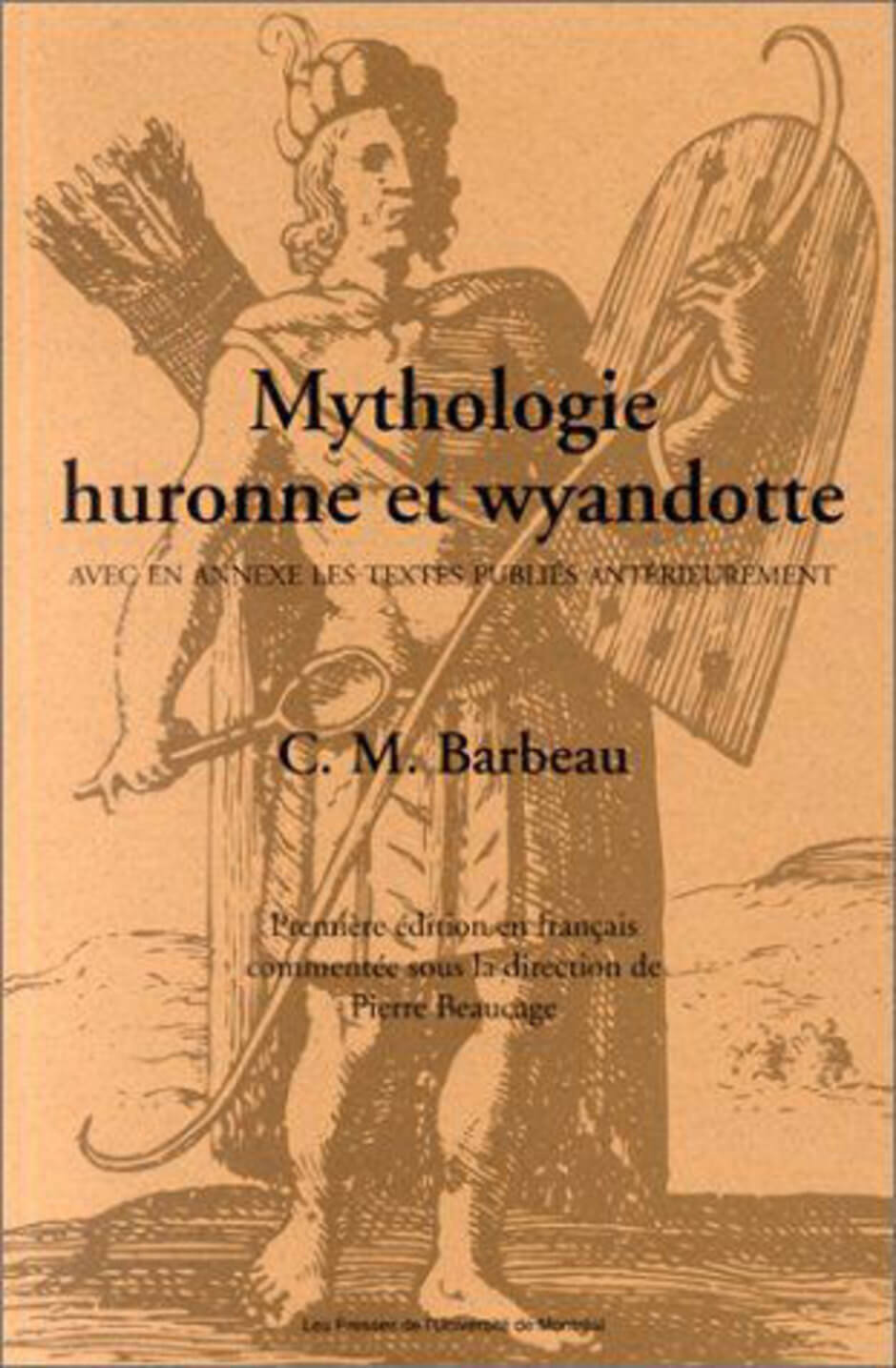
Barbeau, Marius. Mythologie huronne et wyandotte. First French edition, edited and with commentary by Pierre Beaucage. Montreal: Presses de l’Université de Montréal, 1994. First published 1915.
(Blouin) Sioui, Anne-Marie. “Histoire et iconographie des Hurons de Lorette du 17e au 19e siècle.” PhD diss., Université de Montréal, 1987.
Boiteau, Georges. “Les chasseurs hurons de Lorette.” Master’s thesis, Université Laval, 1954.
Brébeuf, Jean de (S.J.). Grammaire huronne. 1640.
Charron, Nadine. “La politisation de la culture à travers l’industrie touristique: Performances et revitalisation des traditions chez les Hurons-Wendat.” Master’s thesis, Université de Montréal, 2006.
Delâge, Denys, ed. “Les Hurons de Wendake.” Special issue, Recherches amérindiennes au Québec 30, no. 3 (2000).
Delâge, Denys, and Jean-Pierre Sawaya. Les traités des Sept-Feux avec les Britanniques: Droits et pièges d’un héritage colonial au Québec. Sillery, QC: Septentrion, 2001.
Gérin, Léon. “La seigneurie de Sillery et les Hurons de Lorette.” Mémoires et comptes rendus de la Société royale du Canada, section 1, series 2, vol. 6, 1900, 73–115.
———. “Le Huron de Lorette.” La science sociale, no. 32 (1901–2): 334–60.
Heidenreich, Conrad. The Huron: A Brief Ethnography. Toronto: York University, Department of Geography, 1972.
Lavoie, Michel. C’est ma seigneurie que je réclame: La lutte des Hurons de Lorette pour la seigneurie de Sillery, 1650–1900. Montreal: Boréal, 2010.
Le Caron, Joseph. Dictionnaire de la langue huronne. 1616–25.
Lindsay, Lionel. Notre-Dame de la Jeune-Lorette en la Nouvelle-France: Étude historique. Montreal: Cie de publication de la Revue canadienne, 1900.
Morissonneau, Christian. “Développement et population de la réserve indienne du Village-Huron, Loretteville.” Cahiers de géographie du Québec 14, no. 33 (1970): 339–57.
———. “Huron of Lorette.” In Northeast, edited by Bruce G. Trigger, 389–93. Vol. 15, Handbook of North American Indians, edited by William C. Sturtevant. Washington, D.C.: Smithsonian Institution, 1978.
Picard, François-Xavier. “Village huron de la Jeune-Lorette.” Unpublished journal, c. 1837. Archives of the Council of the Huron-Wendat Nation, Wendake, QC.
Picard, J.-Arthur. Nos ancêtres Hurons: Héros de jadis. Loretteville, QC, 1981.
Pomedli, Michael M. Ethnophilosophical and Ethnolinguistic Perspectives on the Huron Indian Soul.Lewiston, NY: Edwin Mellen Press, 1991.
Rozon, Véronique. “Un dialogue identitaire: Les Hurons de Lorette et les autres au 19e siècle.” Master’s thesis, Université du Québec à Montréal, 2005.
———. “Pour une réflexion sur l’identité huronne au XIXe siècle: Une analyse de la thématique du ‘dernier des Hurons’ sous l’éclairage des théories de l’ethnicité.” In La recherche relative aux Autochtones: Perspectives historiques et contemporaines, edited by Alain Beaulieu and Maxime Gohier, 223–61. Montreal: UQAM/CREQTA, 2007.
Sagard, Gabriel. Dictionnaire de la langue huronne. Paris: Tross, 1865. First published 1632 by Denys Moreau, Paris.
———. Le grand voyage au pays des Hurons. Rev. ed. Edited by Réal Ouellet and John Warwick. Collection Bibliothèque québécoise. Montreal: Léméac, 2007. First published 1632 by Denys Moreau, Paris; reprint 1865 by Tross, Paris.
Sioui, Georges E. Pour une autohistoire amérindienne. Sainte-Foy, QC: Presses de l’Université Laval, 1989.
———. Les Hurons-Wendats: Une civilisation méconnue. Sainte-Foy, QC: Presses de l’Université Laval, 1994.
Speck, Frank G. “Notes on the Material Culture of the Huron.” American Anthropologist n.s., 13, no. 2 (1911): 208–28.
Steckley, John L. Words of the Huron. Indigenous Studies Series, edited by Deanna Reder. Waterloo, ON: Wilfrid Laurier University Press, 2007.
Tanguay, Jean. “La liberté d’errer et de vaquer: Les Hurons de Lorette et l’occupation du territoire, XVIIe–XIXe siècles.” Master’s thesis, Université Laval, 1998. http://www.collectionscanada.gc.ca/obj/s4/f2/dsk2/ftp04/mq26282.pdf.
Tooker, Elisabeth. Ethnographie des Hurons, 1615–1649. Signes des Amériques no. 6. Montreal: Recherches amérindiennes au Québec, 1987; reprint 1997.
Trigger, Bruce G. The Children of Aataentsic: A History of the Huron People to 1660. Carleton Library Series. Montreal & Kingston: McGill-Queen’s University Press, 1987.
———. The Huron, Farmers of the North. Toronto: Harcourt Brace Jovanovich, 1990.
Vaugeois, Denis, ed. Les Hurons de Lorette. Sillery, QC: Septentrion, 1996.
Vincent Tehariolina, Marguerite. La nation huronne: Son histoire, sa culture, son esprit. In collaboration with Pierre H. Savignac. Montreal: Éditions du Pélican, 1984.
The Representation of the Native Subject
Historical, ethnological, literary, and artistic studies into the clash of cultures and the representation of the Other in the colonial context have allowed for a better understanding of Native-colonial interactions.
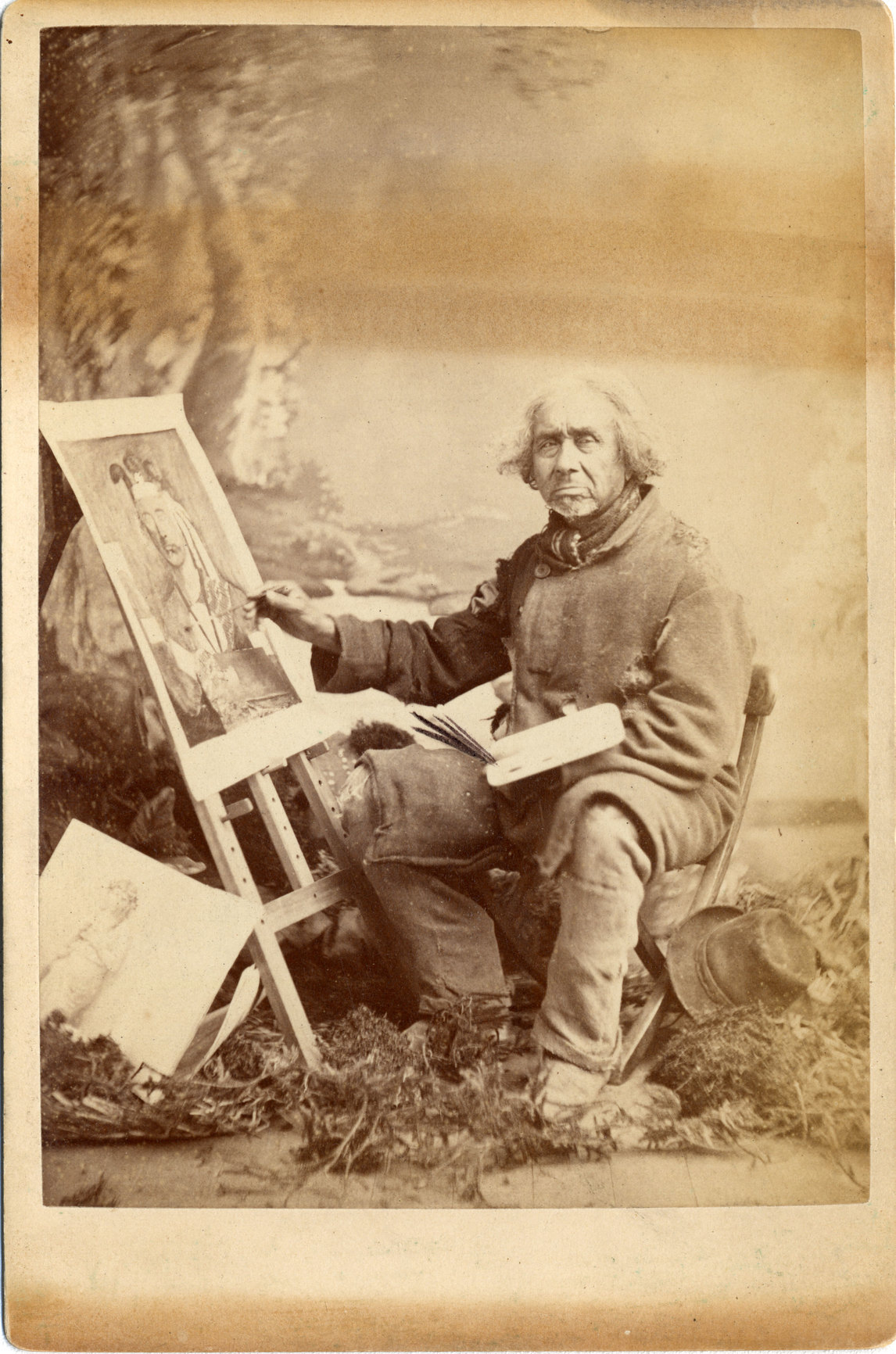
Berkhofer, Robert F. The White Man’s Indian: Images of the American Indian from Columbus to the Present. New York: Vintage, 1979.
Clifton, James A. The Invented Indian: Cultural Fictions and Government Policies. New Brunswick, NJ, & London: Transaction, 1990.
Delâge, Denys. “Les Amérindiens dans l’imaginaire des Québécois.” Liberté, nos. 196–97 (August–October 1991): 15–28.
Destrempes, Hélène. “L’influence américaine sur la représentation de l’Indien au Canada français.” In Des cultures en contact: Visions de l’Amérique du Nord francophone, edited by Jean Morency, Hélène Destrempes, Denise Merkle, and Martin Pâquet, 113–27. Quebec: Nota bene, 2005.
———. “Mise en discours et parcours de l’effacement: Une étude de la figure de l’Indien dans la littérature canadienne-française au XIXe siècle.” Tangence, no. 85 (Autumn 2007): 29–46.
Dickason, Olive Patricia. The Myth of the Savage and the Beginnings of French Colonialism in the Americas. Edmonton: University of Alberta Press, 1984.
Francis, Daniel. “The Imaginary Indian: The Image of the Indian in Canadian Culture.” In Canadian Culture: An Introductory Reader, edited by Elspeth Cameron,189–204. Toronto: Canadian Scholars’ Press, 1997.
Gagnon, François-Marc. La conversion par l’image: Un aspect de la mission des Jésuites auprès des Indiens du Canada au XVIIe siècle. Montreal: Bellarmin, 1975.
———. “Joseph Légaré et les Indiens.” Journal of Canadian Art History / Annales d’histoire de l’art canadien 5, no. 1 (1980): 39–46.
———. Ces hommes dits sauvages. Montreal: Libre Expression, 1984.
Gauthier, David. “La représentation de l’Autochtone dans l’oeuvre du sculpteur Louis-Philippe Hébert (1850–1917): Figure d’altérité au service d’une idéologie nationale.” Master’s thesis, Université de Montréal, 2007.
Lessard, Michel. “Exotisme et ethnographie: La photographie d’Amérindiens.” Photo Sélection, January–February 1987.
Proulx, Jean-René, ed. “L’Indien imaginaire.” Special issue, Recherches amérindiennes au Québec 17, no. 3 (Autumn 1987).
Simard, Jean-Jacques. La réduction: L’autochtone inventé et les Amérindiens d’aujourd’hui. Sillery, QC: Septentrion, 2003.
Smith, Donald, B. Le Sauvage: The Native People in Quebec; Historical Writing on the Heroic Period (1534–1663) of New France. Mercury Series, History Division 6. Ottawa: National Museum of Man, 1974.
Thérien, Gilles, ed. Les figures de l’Indien. Montreal: Presses de l’UQAM, 1988.
Vigneault, Louise. “Résurgence du sujet autochtone dans les arts visuels au Québec: Effet miroir et présence du refoulé.” Conference proceedings, Images de l’Amérindien au Canada francophone: Littérature et médias, Saarbrücken, Germany, June 30–July 1, 2005. Tangence, no. 85 (Autumn 2007): 69–82.

 About the Author
About the Author
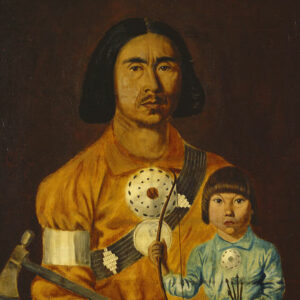 More Online Art Books
More Online Art Books
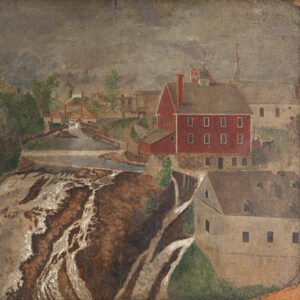 Acknowledgements
Acknowledgements